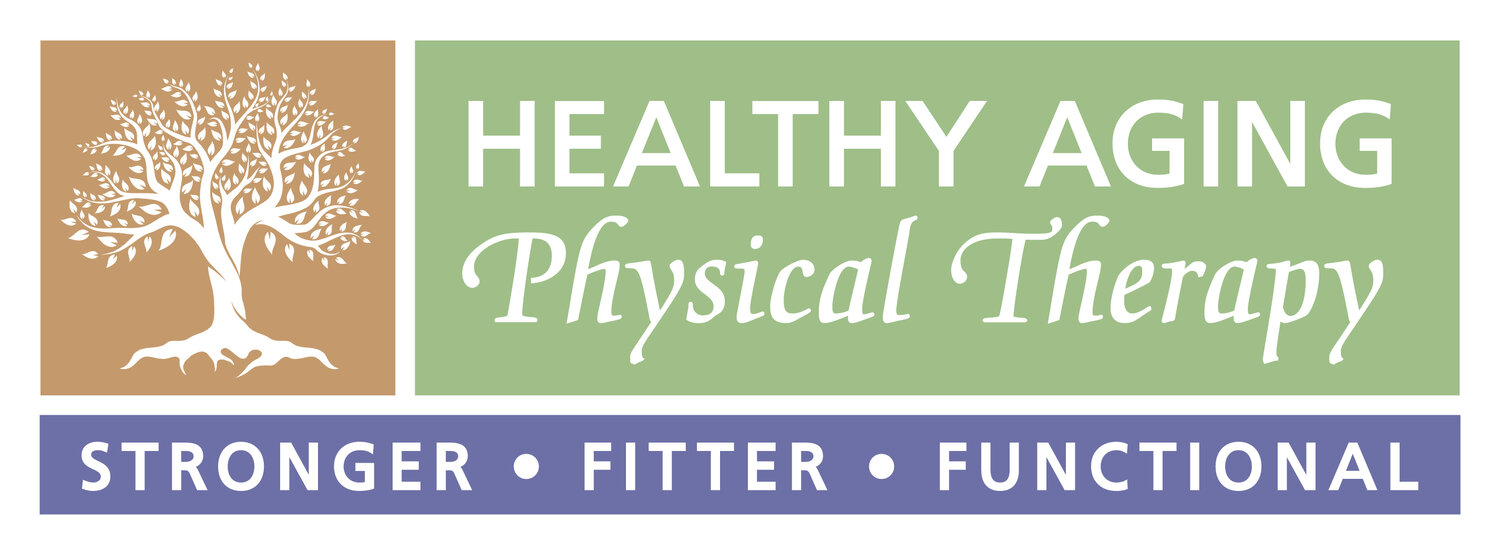Exercise Intensity and Older Adults: Finding the Balance
Written By: Dr. Brittany Saia, PT, DPT, GCS and Healthy Aging Physical Therapist
You’ve done it! You started your exercise routine and you’re sticking with it (well, most of the time.) But are you getting the most out of yourself and the full impact that exercise can achieve? In this post, we’ll discuss exercise intensity, and if it’s safe when considering exercise in older adults.
The Changing Landscape of Aging
Aging brings about various physiological changes, including a decline in muscle mass, bone density, cardiovascular function, and metabolism. As a result, older adults are more susceptible to issues such as sarcopenia (muscle loss), osteoporosis (brittle bones), cardiovascular diseases, and metabolic disorders like diabetes. However, regular exercise has been shown to mitigate these age-related declines and improve overall health outcomes.
Understanding Exercise Intensity
Exercise intensity refers to the level of exertion during physical activity. It's commonly measured using parameters such as heart rate, perceived exertion, or metabolic equivalents (METs). For older adults, exercise intensity plays a crucial role in achieving desired health benefits. While low-intensity activities like walking or gentle yoga provide some benefits, higher-intensity exercises offer additional advantages that are particularly valuable for older adults.
Benefits of High-Intensity Exercise for Older Adults
Muscle Strength and Mass: High-intensity resistance training stimulates muscle growth and enhances strength, which is vital for maintaining mobility and independence as we age. Strong muscles also help support joints and reduce the risk of falls and fractures.
Bone Health: Weight-bearing and high-impact exercises promote bone density, reducing the risk of osteoporosis and fractures. Activities like jumping, running, or strength training with weights can help preserve bone health in older adults.
Cardiovascular Fitness: High-intensity aerobic exercises, such as cycling,
swimming, or interval training, improve cardiovascular function, lower blood
pressure, and enhance circulation. A robust cardiovascular system is essential for maintaining overall vitality and reducing the risk of heart disease.
Metabolic Health: High-intensity interval training (HIIT) and vigorous aerobic
activities can improve insulin sensitivity, glucose regulation, and metabolic rate, thereby reducing the risk of type 2 diabetes and obesity-related complications.
Cognitive Function: Emerging research suggests that high-intensity exercise may benefit cognitive health by promoting neuroplasticity, improving brain function, and reducing the risk of cognitive decline and dementia.
Finding the Right Balance
While high-intensity exercise offers numerous benefits, it's essential to strike a balance and consider individual fitness levels, health conditions, and preferences. Older adults should consult with a physical therapist a PCP before starting any new exercise program, especially if they have pre-existing medical conditions or concerns.
Incorporating High-Intensity Exercise into Your Routine
Start Slow: Begin with low to moderate-intensity exercises and gradually increase the intensity as your fitness improves. Especially if you’re new to exercise, starting slow can help prevent overly sore muscles and help build confidence in your abilities.
Mix It Up: Incorporate a variety of activities, including strength training, aerobic exercises, and balance exercises, to target different aspects of fitness.
Interval Training: Incorporate intervals of higher intensity into your workouts,
alternating between bursts of intense activity and periods of rest or lower
intensity.
Listen to Your Body: Pay attention to how your body responds to exercise and adjust the intensity accordingly. It's essential to challenge yourself while also respecting your limits and avoiding overexertion.
Stay Consistent: Consistency is key to reaping the benefits of exercise. Aim for at least 150 minutes of moderate-intensity or 75 minutes of vigorous-intensity exercise per week, spread across multiple days.
Embracing the Power of Exercise Intensity
In conclusion, exercise intensity is a critical factor in promoting health, vitality, and longevity in older adults. By incorporating high-intensity exercise into their fitness routine, older adults can enhance muscle strength, bone density, cardiovascular fitness, metabolic health, and cognitive function. However, it's essential to approach high-intensity exercise with caution, gradually increasing intensity and listening to your body's signals. With the right balance and guidance, older adults can harness the power of exercise intensity to thrive in their later years.



